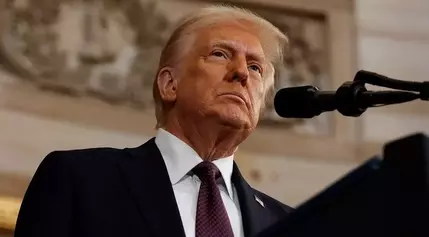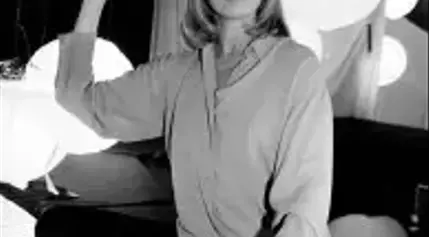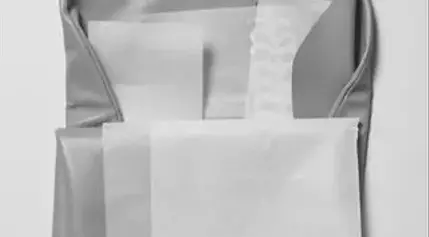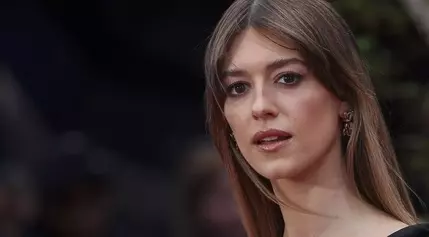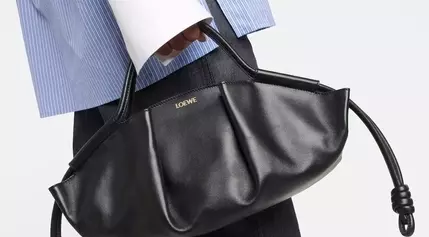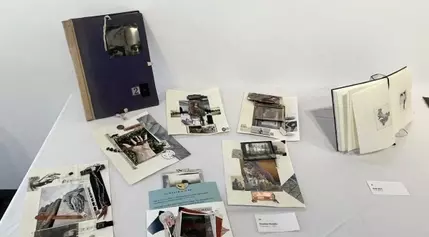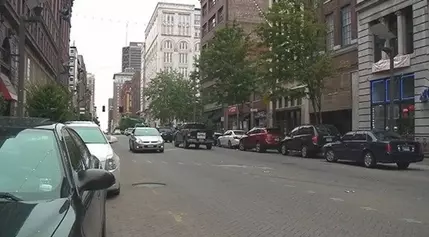The 10th International Artists Book Triennial, currently on display at the Evanston Art Center, showcases an array of unconventional materials used by artists from around the world. This exhibition not only highlights the diversity of artistic expression but also delves into profound themes such as existence and environmental awareness. Featuring works from 29 countries, this triennial offers visitors a rare glimpse into the intricate craftsmanship behind artists' books.
A Global Showcase of Artistic Innovation
This section explores how the exhibition brings together artists from diverse backgrounds, using unexpected materials like postcards and recycled books. It emphasizes the significance of international collaboration and the unique opportunity for American audiences to experience these works.
The Evanston Art Center is hosting thirty-two pieces from the 10th International Artists Book Triennial Vilnius, running from January 9 to February 16. The entire triennial features 77 works created by artists from 29 different nations. Emma Rose Gudewicz, director of development and exhibitions at the EAC, remarked on the rarity of such an exhibition in the United States. She highlighted the exceptional skill and creativity displayed in crafting these books, which often incorporate unusual materials like postcards. Curator Kestutis Vasiliunas initially did not plan to continue the triennial after the ninth iteration, which was purely conceptual. However, due to overwhelming interest from artists, he decided to proceed with another event. The theme "To Be" resonates deeply with him, especially given recent global conflicts, symbolizing the importance of art's existence in turbulent times.
Environmental and Existential Reflections
This segment focuses on specific artworks that address environmental issues and existential questions. It details how artists use their creations to provoke thought and encourage reflection on past actions and future possibilities.
Visual artist Carole Kunstadt’s piece "Valle de la Meuse: an environmental paradigm" exemplifies this theme. Composed of five woven postcards depicting scenes along the Meuse River, her work reflects on the river's transformation due to pollution in the 1930s. Kunstadt believes that understanding historical changes is crucial for moving forward responsibly. James Thurman, a professor of metalsmithing and jewelry, presents "The Question," crafted from pages of a used copy of "Hamlet." By carving and gluing these pages with plant-based resin, Thurman aims to draw viewers into a reflective state, encouraging them to slow down and appreciate physical objects amidst the digital age. Both artists emphasize the importance of looking back to understand our present and shape our future, making this exhibition not just visually captivating but intellectually stimulating.





